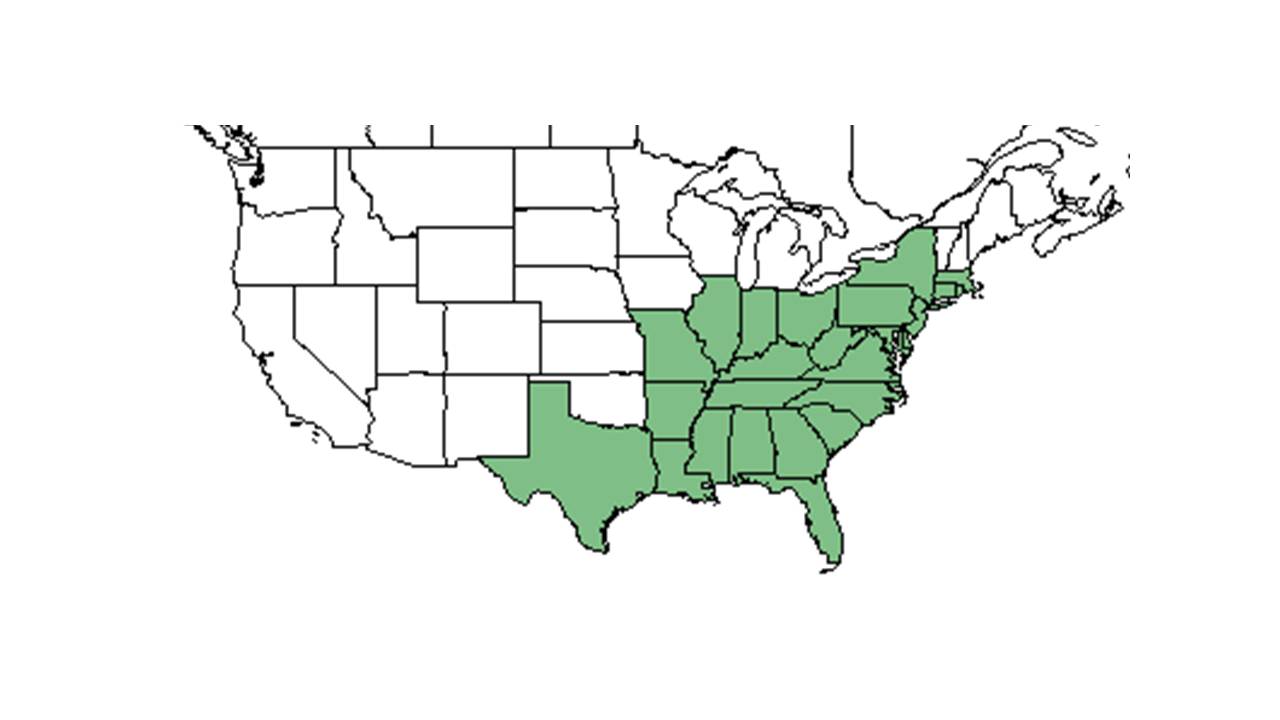Difference between revisions of "Eupatorium hyssopifolium"
(→Description) |
|||
| Line 19: | Line 19: | ||
==Description== | ==Description== | ||
<!-- Basic life history facts such as annual/perrenial, monoecious/dioecious, root morphology, seed type, etc. --> | <!-- Basic life history facts such as annual/perrenial, monoecious/dioecious, root morphology, seed type, etc. --> | ||
| + | Common Name: hyssopleaf thoroughwort | ||
| + | |||
==Distribution== | ==Distribution== | ||
==Ecology== | ==Ecology== | ||
Revision as of 18:08, 2 July 2015
| Eupatorium hyssopifolium | |
|---|---|
Error creating thumbnail: Unable to save thumbnail to destination
| |
| Scientific classification | |
| Kingdom: | Plantae |
| Division: | Magnoliophyta - Flowering plants |
| Class: | Magnoliopsida – Dicotyledons |
| Order: | Asterales |
| Family: | Asteraceae ⁄ Compositae |
| Genus: | Eupatorium |
| Species: | E. hyssopifolium |
| Binomial name | |
| Eupatorium hyssopifolium L. | |

| |
| Natural range of Eupatorium hyssopifolium from USDA NRCS Plants Database. | |
Contents
Description
Common Name: hyssopleaf thoroughwort
Distribution
Ecology
Habitat
Phenology
Seed dispersal
Seed bank and germination
Fire ecology
It increased in frequency after 12 prescribed burns over an 18 year period.[1]
Pollination
Use by animals
Diseases and parasites
Conservation and Management
Cultivation and restoration
Photo Gallery
References and notes
- ↑ Niering, W. A. and G. D. Dreyer (1989). "Effects of prescribed burning on Andropogon scoparius in postagricultural grasslands in Connecticut." American Midland Naturalist 122: 88-102.